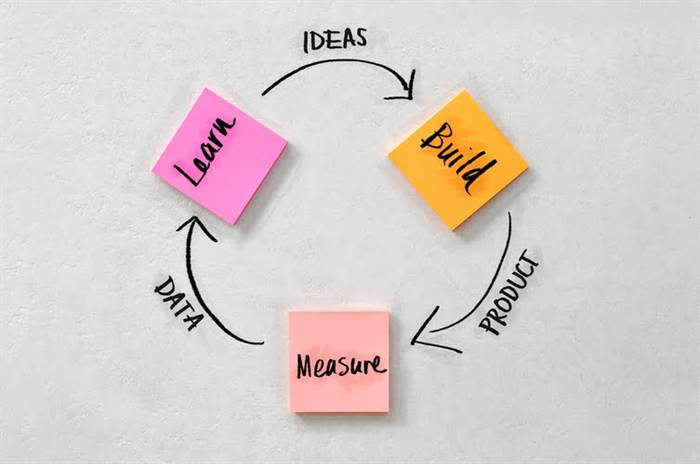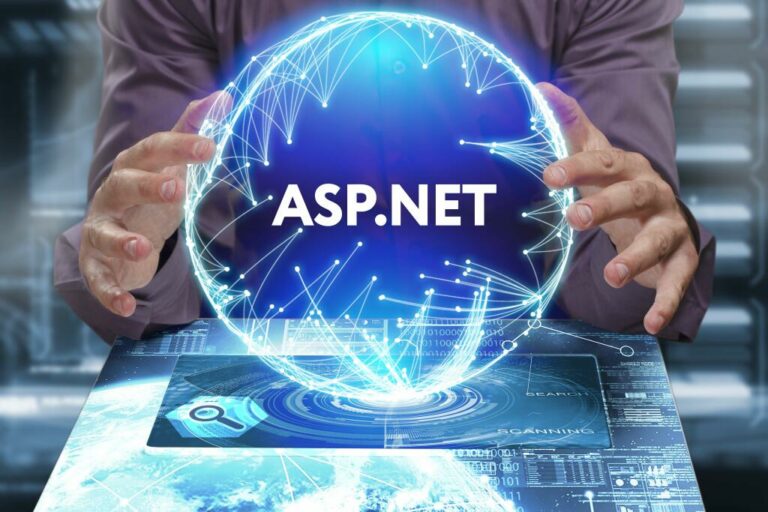Teachers Consider In The Benefits Of Vr Learning Digital Actuality Vr Education Software Program & Augmented Reality Studying
At the identical time, while employees train in a simulation setting, firms can save on gear insurance and repairs. Employee training takes place on 3D models and in a very protected simulated environment. In the meantime, trainees can study equipment construction and operation ideas, breakdown/accident causes, and methods to eliminate malfunctions. The risk to learn in a completely secure and controlled environment is the first fundamental advantage. For instance, industrial workers are safe utilizing VR know-how that reduces the risk of harm and minimizes case fatality charges at main hazard installations.

Virtual reality has additionally found applications in engineering training, providing college students with hands-on experiences that were previously inaccessible. Through VR simulations, engineering college students can visualize complex structures, check engineering designs, and explore various eventualities. This immersive approach enables them to realize sensible expertise and problem-solving talents which benefits of vr in education are crucial for his or her future careers as engineers. In medical training, virtual actuality has emerged as a valuable tool for simulating surgical procedures and enhancing surgical skills. Surgeons can practice intricate methods, similar to laparoscopic surgical procedure, in a sensible virtual surroundings. This permits them to refine their abilities and scale back the training curve when performing actual surgical procedures.
App Retailer Content
By incorporating gadgets such as gloves or fits that present tactile feedback, customers can touch and interact with digital objects, further enhancing the sense of immersion and realism. One of the vital thing elements of digital reality is the usage of head-mounted shows (HMDs), which are worn like a pair of goggles or a helmet. These gadgets house high-resolution screens that show the digital surroundings to the consumer. By overlaying the person’s field of vision, the HMD creates a visual barrier between the real world and the virtual world, enhancing the sense of immersion. Costs remain a major hurdle, necessitating creative solutions and strategic investments in educational settings. Additionally, educators themselves need dedicated coaching to unleash VR’s true impression.

Furthermore, the event of highly effective software program applications has made it attainable to create highly detailed and interactive virtual environments. Whether it’s exploring historic civilizations, conducting scientific experiments, or practicing complex surgical procedures, VR can present a secure and controlled area for studying and experimentation. Before delving into the benefits of VR in education, it’s essential to have a clear understanding of what digital actuality is. Virtual Reality refers to a simulated experience that may be similar to or utterly different from the real world. It typically entails the utilization of a headset or goggles that provide the person with a 360-degree view of a digital surroundings.
A clunky, poorly designed VR experience can hinder learning instead of enhancing it. Virtual Reality adjustments the entire conventional studying course of into an exciting and intriguing expertise. It breaks down the 4 walls and ceilings of a classroom to broaden the schooling system to a liberating digital setting. A significant portion of investments in Virtual Reality for education focuses on medical schools and hospitals. The simulations play a big role in getting ready each doctors and nurses to lessen the margin of error through frequent apply.
Major And Secondary Schooling
This sort of coaching promotes self-confidence, enhances teamwork, and prepares employees for real-world challenges. The program prepares graduates with real-world technical skills using advanced virtual platform technologies. A recently released report from Lenovo paints a optimistic picture for virtual reality’s future in training.

A-Frame is an open-source net framework for building VR experiences that can be seen through an online browser. It makes use of HTML markup language and JavaScript, making it accessible to educators with some coding information. A-Frame permits for the creation of 3D scenes, interactive elements, and multimedia integration. Clearly articulate the specific studying aims that the VR expertise should tackle. Identify the data, abilities, or competencies students are expected to accumulate or show by way of the VR exercise.
A 2016 study showed that college students learning with VR versus a traditional desktop studying experience had better recall. In addition, despite having much less familiarity with VR units, learners reported feeling more immersed within the scene and extra centered on the duty. • Learning can often contain comprehending summary concepts that are challenging to visualize. VR provides a visual and interactive expertise that transforms summary ideas into one thing tangible and more accessible. For instance, students can study in regards to the human body’s internal workings, which provides hands-on expertise that is troublesome to replicate in real life.
This could be helpful for training in fields such as medicine, engineering, and aviation, where hands-on expertise is essential. In a examine conducted in a high school biology class, college students got the chance to discover digital models of microscopic organisms. This hands-on experience allowed them to visualise complex organic concepts and discover completely different biological processes in a dynamic and fascinating way.
Improve Your Small Business With Our Professional Customized Blended Actuality Improvement Companies
Elementary colleges use VR to reinforce studying in a selection of subjects, including science, math, social research, and artwork. Students can use VR to discover planets, galaxies, and asteroids within the solar system. They can go to the places they learn so much about in textbooks – or create digital art in a digital setting. Whatever they use it for, VR makes studying enjoyable and engaging for elementary college kids. But the most effective part of VR studying is that it emphasizes equity for all walks of life, including particular training assist. For occasion, college students with autism can profit from virtual reality environments that help them practice social situations in a safe and managed environment.

The company’s experienced staff understands the distinctive wants of instructional institutions and can leverage their technical proficiency to create immersive learning experiences. In conclusion, AR and VR expertise are transforming the standard technique of instructing and studying. Technology’s capability to provide interactive, immersive, and experiential learning experiences, coupled with its countless benefits, paves the greatest way for a more vibrant future in schooling and studying. Education is an essential side of our lives, and expertise has revolutionized how we be taught and acquire information.
Advantages Of Virtual Reality In Schooling
With the arrival of digital reality (AR) and augmented reality (VR), training has taken on a brand new dimension. AR and VR are two highly effective applied sciences which are remodeling studying experiences throughout the globe. This article will explore the eight benefits of AR and VR in training and studying. By planning and researching essentially the most suitable VR tools and functions, educators can ensure that students have an improved studying experience. When introducing VR to students, explaining how it can improve studying by making it more interactive and engaging is necessary.
Embracing virtual actuality in education opens up exciting opportunities for educators to create revolutionary studying experiences that inspire and prepare students for the challenges of the future. There are numerous advantages of integrating digital reality into training and how it positively impacts students and educators alike. In conclusion, the combination of VR in schooling has the potential to revolutionize traditional studying strategies. By creating immersive and interactive learning experiences, VR enhances pupil engagement, facilitates interactive learning, and promotes creativity and innovation. Real-life case research show the positive impact of VR in numerous subjects corresponding to science, historical past, and artwork.
- The rise of VR know-how has transformed our interaction with digital environments, allowing for immersive experiences right from our properties.
- Moreover, VR can facilitate collaborative studying by allowing students to engage in virtual group initiatives or simulations.
- The company’s experienced team understands the unique needs of instructional establishments and can leverage their technical proficiency to create immersive studying experiences.
- Additional educator considerations, as reported in a latest EdTech report, embody the bulkiness of the tools, glitches, and the quality and availability of content.
- If you’re using particular software which has been programmed to work exactly the identical, you won’t be succesful of do anything besides what you’re imagined to do.
With a central, dedicated Discovery Center acting because the expertise hub for the whole college, they’re delivering immersive studying and writing experiences. Using VR, the students can stroll into the pages of the books they’re studying and immerse themselves in a completely new world. We’d love to hear from you in order that we will ensure the database below remains current and comprehensive.
Virtual Reality In Schooling: Advantages And Purposes
No matter what age they’ve, students will all the time love to sit down and watch one thing instead of studying it. The VR know-how is type of attention-grabbing, as it could create wonderful experiences that might never be “lived” in the real life. Students will definitely feel more motivated to learn with the utilization of this know-how. Educators have to put aside time and sources to train college students on tips on how to use the technology – to not mention for studying it themselves. Both events must spend time studying how to combine and navigate VR tech to ensure that it to reach its full potential in the classroom.
The ability to move students to different time periods, cultures, and environments can revolutionize the finest way they be taught and perceive the world. Virtual Reality (VR) is an progressive technology that’s revolutionizing the schooling sector. By offering immersive and interactive experiences, VR has the potential to remodel the finest way college students learn and interact with instructional content material. Nearpod is an interactive learning platform that allows lecturers to create and deliver engaging classes to students. Integrating VR into conventional instructional settings opens up a world of prospects. The use of VR in lecture rooms permits for a extra active and interesting studying experience, fostering students’ curiosity and critical pondering skills.
Integrating VR technology in educational settings can current sure challenges that must be addressed for successful implementation. To make sure that VR content material aligns with the curriculum and learning goals, educators can take the following steps. VR know-how can transport students to totally different time periods and cultures, allowing them to discover historical websites, landmarks, and cultural occasions. It offers a novel alternative for experiential learning and can enhance college students’ understanding of historical past and tradition.
This is especially useful for technical expertise coaching, where learners need to apply hands-on skills and procedures (i.e., automotive or HVAC repair jobs). At middle school and highschool ranges, students use VR to be taught extra complex ideas in biology, chemistry, physics, and engineering. Because theory-based conceptual subjects like these can usually be tough for college students to visualise and comprehend, students can use VR to simulate experiments or build virtual models of advanced systems firsthand. At this level in their education, VR plays a large position in molding students’ crucial pondering and problem-solving expertise. Augmented and digital actuality are two forms of technologies that support computer-generated images and stimulate consumer interplay with these photographs. AR is the combination of digital info and the user’s environment in real time, while VR is a computer-generated simulation of an setting fully totally different from the real world.
Both AR and VR have revolutionized the world of schooling and studying, offering new ways to teach and learn. While VR benefits in education far outweigh the drawbacks, many educators nonetheless face an typically steep learning curve to adopting virtual reality in their lecture rooms. Before incorporating VR technology into lessons, educators should bear coaching to get essentially the most out of the hardware, software program, and methodologies concerned. VR expertise permits learners to “be taught by doing” because it offers an environment for them to experiment, follow, and simulate real-life scenarios.